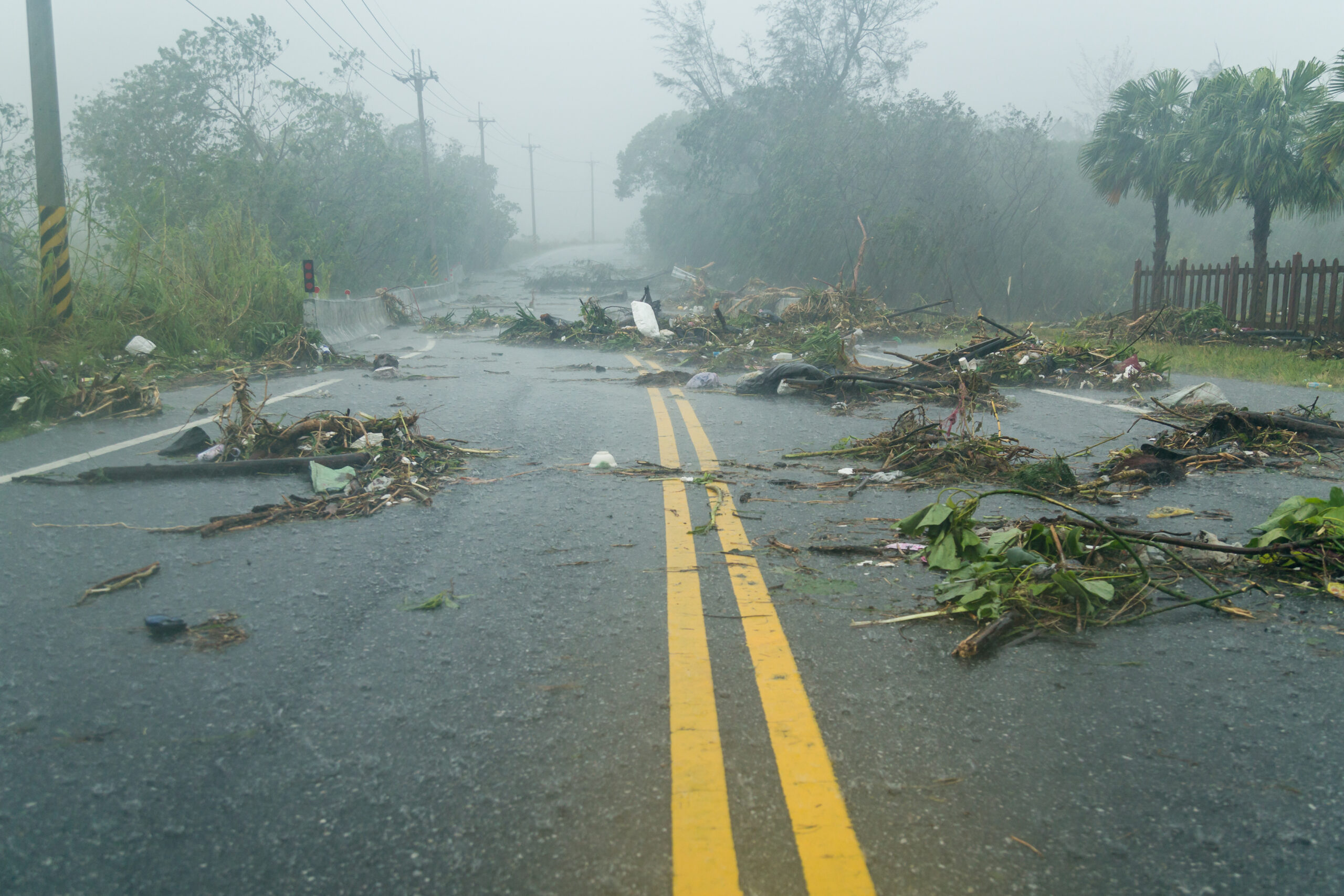Overlapping Disasters: How COVID-19 Can Make Wildfire Season Worse
In the middle of hurricane and wildfire season, one of our biggest concerns is the strain on healthcare and public health caused by the overlap of natural disasters with COVID-19. Simultaneous disasters can increase pressure on an already strained healthcare system. Thus, the combination of a pandemic and a natural disaster threaten vulnerable communities even more than just one of those events by itself. We’re already seeing this in California. In August, California had recorded over 679,000 COVID-19 cases, making it the state with the largest number of reported cases, and responsible for almost 12% of cases in the United States. As of August 16, Cal Fire had faced 5,356 fires that had burned 100,916 acres since the beginning of the year. Compared to the previous year, the organization has faced significantly more individual fires, and almost 4 times the acreage has been burned. The number of fires is also above the five year average over the same period.
California’s wildfires routinely require evacuation and normally, the use of general population shelters, which are currently inadvisable as COVID-19 is transmitted through sustained contact with infected carriers. Additionally, wildfires create poor air quality, which can cause breathing problems. Difficulty breathing, intense coughing, and other symptoms of smoke inhalation overlaps with similar respiratory issues in patients with COVID-19. This could make it more difficult for individuals experiencing these symptoms to know whether they are the result of COVID-19 infection or smoke inhalation, which could prevent them from taking the further isolation and care steps that COVID-19 requires. Also, exposure to air pollution may result in more severe COVID-19 symptoms, which could result in an increased demand for the medicine and supplies used to treat these conditions. Combatting wildfires is always a crucial task, but it becomes imperative when we are dealing with other disasters like a pandemic.
In California, the incarcerated population has been particularly impacted by the pandemic. An inability to social distance and general overcrowding made prisons vulnerable to the spread of diseases, which led to thousands of incarcerated people contracting COVID-19. While methods such as providing early release were taken to reduce risk, and masks and hand sanitizer have made their way into many prisons since the beginning of the pandemic, they have not stopped the spread of the disease.
California has attracted attention for its use of underpaid incarcerated firefighters in the past, a practice also seen in many other states, like Arizona, Oregon, Washington, and Georgia. These programs exploit an already vulnerable population, as incarceration rates are linked to higher levels of poverty and show clear racial disparities. Additionally, members of racial and ethnic minority communities are significantly more likely to have pre-existing conditions than others. Pre-existing conditions increase the risk of dying or contracting a severe case of COVID-19, meaning that incarcerated firefighters can have multiple threats to their health even before taking on the risks of combatting wildfires.
Due to COVID-19, California has therefore struggled with producing firefighters to combat the 2020 wildfire season. During a portion of July, California had access to less than half of its active squads of incarcerated firefighters—some were locked down due to COVID-19 outbreaks, and many received early release. We are particularly concerned about how these interactions between COVID-19 and wildfire season can cause a cycle that would make responding much harder. A smaller response force may make it difficult to contain fires, which could lead to more damage to property and displacement of individuals. If appropriate sheltering and transportation resources are not in place, then close-quarter shelters could lead to a spike in COVID-19 cases. The air quality conditions from the fires could further strain the healthcare system, decreasing its ability to combat COVID-19. This could in turn affect a larger number of firefighters, impacting California’s ability to combat the fires, and so forth. This scenario shows how undertreating the needs of one community, especially an already vulnerable community, can negatively affect other sections of society.
These overlaps are not confined to wildfires—the effects of hurricanes, earthquakes, tornadoes, and other disasters are equally capable of being magnified by COVID-19. There are two key lessons that can be drawn from California. The health of all sections of society is crucial, and if we allow one section to be heavily impacted by COVID-19, it can have reverberating effects on other communities. Additionally, it is important that we have ethical, sustainable plans in place for responding to emergencies.
To help create some of these plans, government organizations have released guidance on preparing for and responding to this year’s wildfire season during COVID-19. In California, the Wildfire Safety Division highlighted the importance of utilities following COVID-19 protocols in their emergency preparedness routines. On a federal level, the COVID-19 Wildland Fire Medical and Public Health Advisory Team provided recommendations for firefighters. These recommendations included social distancing, using face coverings, and regularly disinfecting public surfaces. Where social distancing was not possible, the guidance recommended that the teams create “modules” of responders. The members of these modules would work closely together, while distancing from outsiders. These recommendations are crucial. Planning to combat two disasters at the same time is a great step in reducing the overlapping impact that the events can have if we are unprepared.






